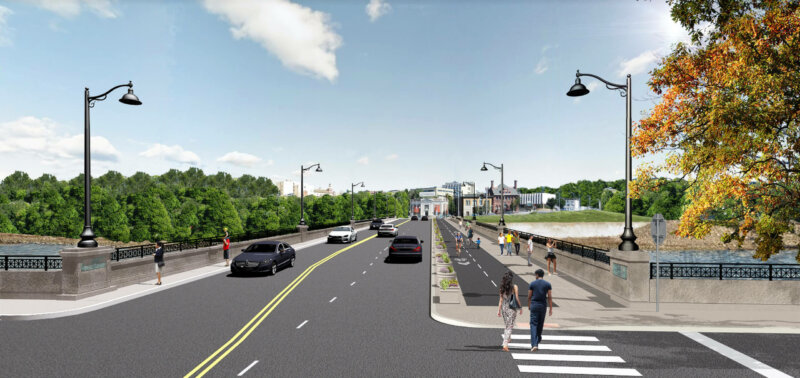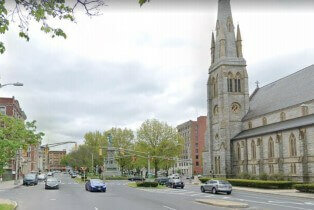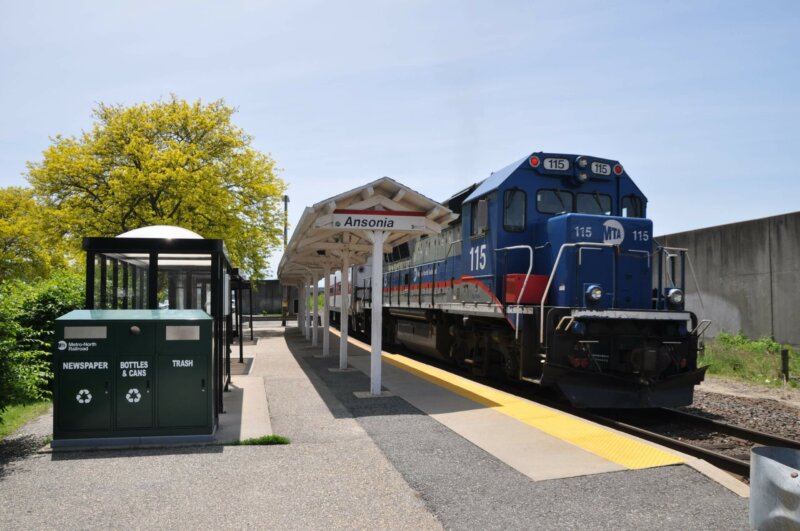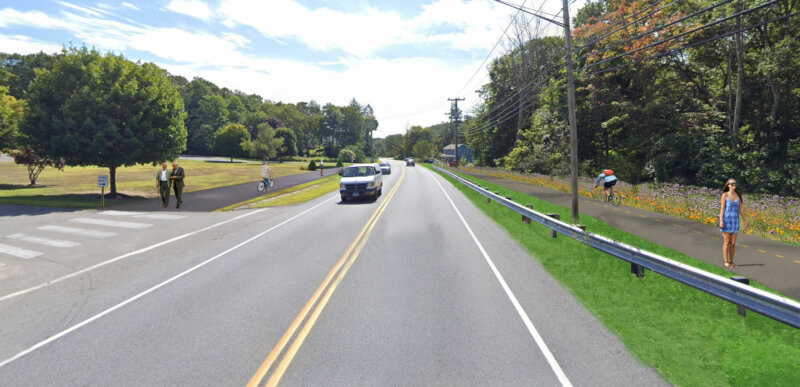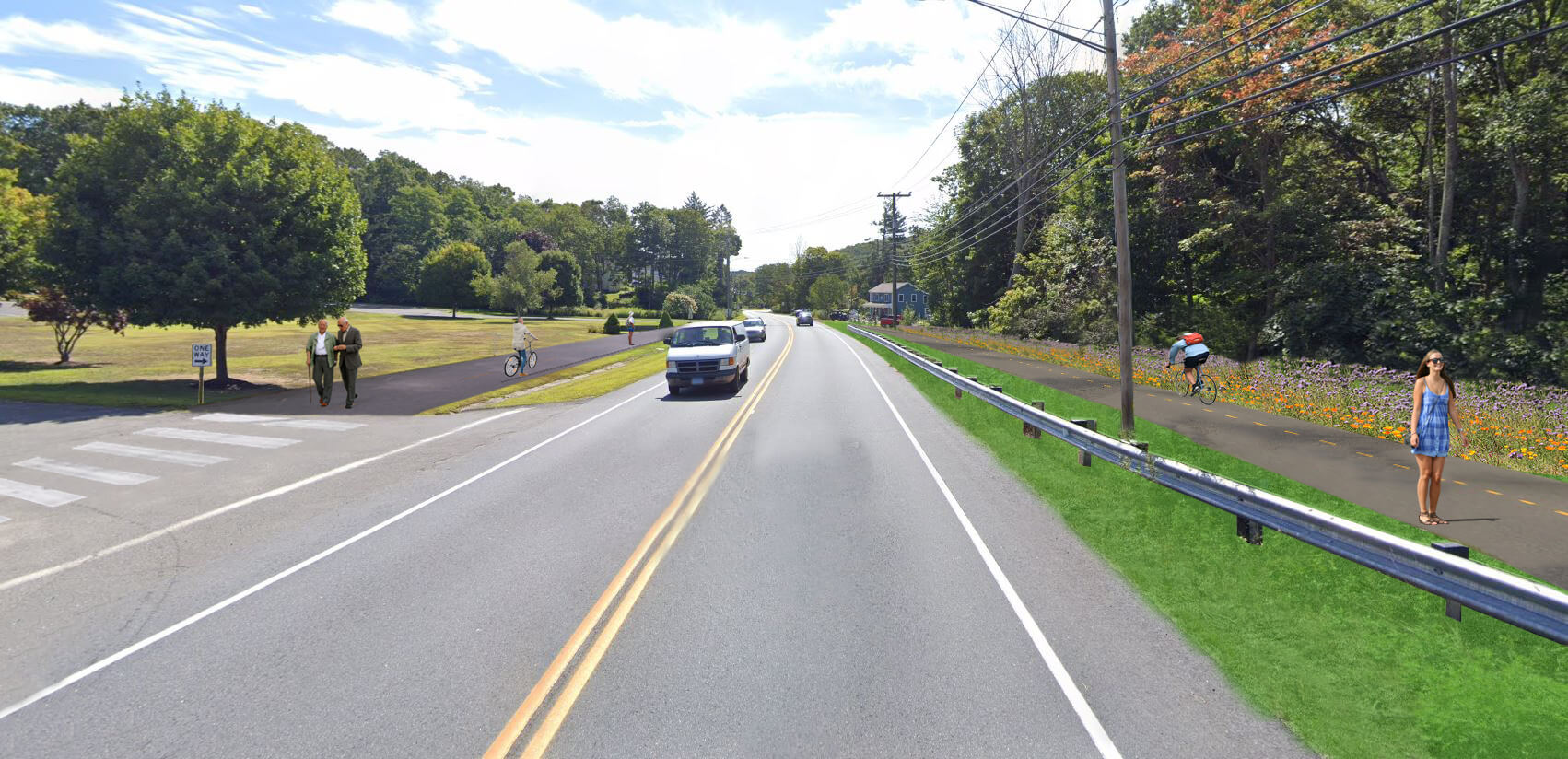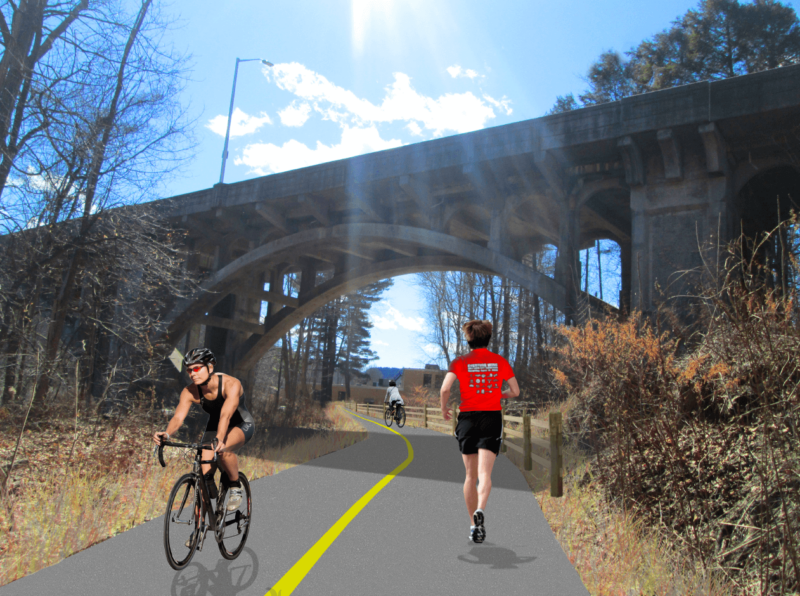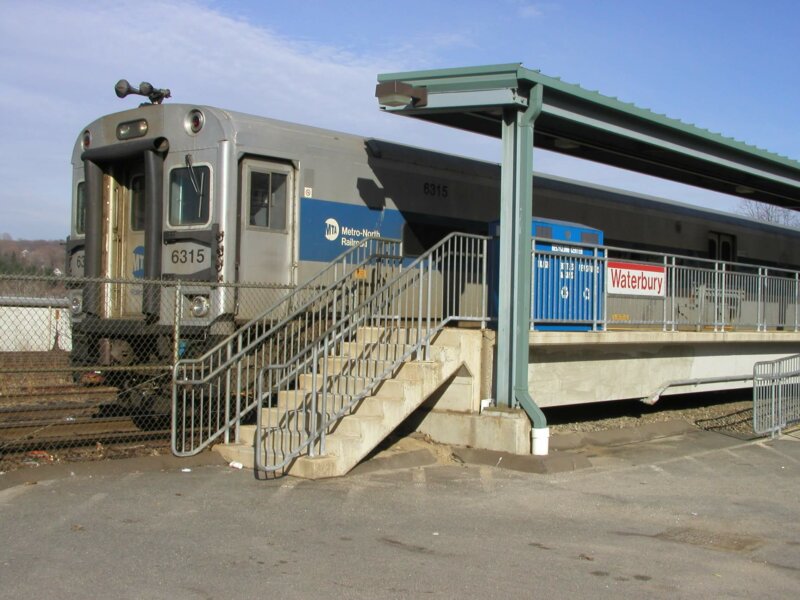MTA IMPLEMENTS “NY ESSENTIAL SERVICE PLAN” TO MOVE HEALTHCARE WORKERS, FIRST RESPONDERS AND OTHER ESSENTIAL PERSONNEL ON FRONTLINES OF THE COVID-19 CRISIS
Service Plan Will Ensure Healthcare Workers, First Responders and Essential Personnel Get to and From Work By Mass Transit
New York City Transit, Long Island Rail Road and Metro-North Railroad Move to Reduced Schedule As Ridership Drops As Much As 90%
MTA Urges Congress to Take Action and Pass $25 Billion Federal Relief Package for Mass Transit with $4 Billion for MTA
Metro-North Railroad Service During the Coronavirus Pandemic
Modified Metro-North Weekday Schedule
MTA Continues Aggressive Efforts to Protect Customers & Employees – Around-the-Clock Disinfection of Workplaces and Rolling Stock, No Cash Transactions and Rear-Door Boarding to Ensure Social Distance
As the Metropolitan Transportation Authority (MTA) continues to respond to the COVID-19 pandemic and move the healthcare workers, first responders and essential personnel on the frontlines of this public health crisis, the Authority today announced the implementation of the “NY Essential Service Plan.” The reduced schedule will ensure service to and from work for the workers on the frontlines of this crisis, while adapting to never-before-seen ridership lows – dropping by as much as 90 percent across New York City Transit, the Long Island Rail Road and Metro-North Railroad.
The schedule change follows “New York State on PAUSE” order, which directed New Yorkers use of public transportation for only essential travel and limit potential exposure by spacing out at least six feet from other riders. New York City Transit, MTA Bus Company, Long Island Rail Road and Metro-North continue their aggressive disinfecting procedures at each of its stations twice daily, and continue daily sanitization of its fleet of rolling stock with the full fleet of train cars and buses disinfected every 72 hours or less. The Access-A-Ride dedicated fleet is disinfected daily.
In the midst of this crisis, the Metropolitan Transportation Authority is now facing financial clamity. Farebox and toll revenue, which normally constitutes nearly half of the M.T.A.’s annual budget at approximately $8 billion, has dropped significantly as more and more riders stay home. That’s on top of more than $6 billion in state and local taxes dedicated to the M.T.A. that is likely to evaporate in the inevitable economic downturn. Additionally, the MTA’s enhanced and intensive disinfecting efforts are expected to total over $300 million on an annualized basis.
In response, the MTA is urgently calling on Congress to do the right thing and include at least $25 billion in dedicated funding for mass transit, to ensure that the M.T.A. and systems across the country not only continue to operate through the crisis, but also serve as the catalyst for economic growth in local economies across the nation once the pandemic subsides.
“The MTA is committed to getting the heroes who keep this city moving where they need to go,” said MTA Chairman and CEO Patrick J. Foye. “The dramatic decrease in ridership shows our customers are continuing to follow the advice of health professionals to keep themselves and others safe. But we’re here for the critical workers and first responders, and I also want to thank our transit workers who continue to show up and keep New York moving every single day.”
“The service changes announced today will help reduce workplace density and ensure social distancing, including in crew rooms and other facilities,” said MTA Chief Safety Officer Pat Warren. “The MTA has previously taken every precaution to protect our customers and employees, including stepped up disinfecting schedules for stations and rolling stock, the implementation of rear-door boarding on buses, and the elimination of most cash transactions. We will continue to do everything we can to make sure the system remains safe for customers and employees and operating during this challenging time.”
“Like after 9-11 and Superstorm Sandy, our workers have been nothing short of amazing as they continue to show up to work at such a difficult time,” said MTA Chief Operating Officer Mario Peloquin. “The decision to reduce service is not one we take lightly, but feel at this time is in the best interest of our workers, customers and the system as a whole. Our goal has been and continues to be to move New Yorkers where they need to go. That’s never been as important as right now.”
The “MTA Essential Service Plan” will be phased in beginning Wednesday, March 25 over the course of several days, and includes the following measures:
SUBWAYS AND BUSES: On the subways – starting March 25th, lines will operate our “MTA Essential Service Plan.” Most customers will not notice a difference. This preserves our AM and PM peak to get first responders and essential personnel where they need to go. Some lines will not run Monday through Friday – including the B, W and Z lines, which will be covered by other local service. Also, some express services and branches on some lines will operate only local service. To date, there has been an 87% decline in subway ridership vs. the comparable dates last year.
Even with these changes, the New York City Transit team continues to undertake a line-by-line, hour-by-hour analysis of ridership. So, we’re retaining flexibility to increase service as necessary.
“The MTA Essential Service Plan” for buses will start on March 26th. This plan retains 75 percent of normal bus service, allows the MTA to serve essential workers and lessen crowding on transit and in crew facilities. This means that customers who still need to use buses for essential activities will continue to be accommodated. At the same time, the maximum number of buses needed is substantially reduced, requiring fewer operators and lessening crowding of depot facilities. Buses have experienced a more than 60% drop in ridership vs. the comparable dates last year.
LONG ISLAND RAIL ROAD AND METRO-NORTH: Long Island Rail Road has seen a decline of 76 percent in ridership since the pandemic began. Under the new “MTA Essential Service Plan,” Long Island Rail Road will have over 500 weekday trains running, compared to a typical weekday of over 740 trains, beginning March 27. The LIRR will also have crews and equipment on standby to supplement service if necessary.
Metro-North Railroad has seen a 94 percent decline in ridership as a result of the pandemic. Beginning on March 27, Metro-North will provide hourly service on the Harlem, Hudson and New Haven lines, with extra trains added during peak times. Normal weekday capacity will be reduced by approximately 50 percent when compared to a normal weekday. The reduced schedule will run 424 trains, down from 713 during a normal schedule. Beginning the weekend of April 4/April 5, Metro North will provide hourly service while also suspending shuttle service between Wassaic and Southeast on the Upper Harlem line.
These service changes will be reflected on our website, the MYmta app and on countdown clocks in stations and on platforms.
PARATRANSIT: The paratransit program has eliminated shared rides in accordance with the recommended public health guidance, and extended eligibility for existing Access-A-Ride customers. The paratransit system continues to have capacity to serve demand, which has declined by 71% from earlier this month.
The MTA joins a growing list of public transit agencies that have scaled back service due to a drop in ridership resulting from the COVID-19 crisis.
“The 50,000 brave men and women of New York City Transit will continue moving essential employees and keep them safe during this public health crisis,” said NYC Transit Interim President Sarah Feinberg. “The MTA Essential Service Plan is in the best interest of these workers and will keep the first responders, healthcare workers, child care workers and many more on the front lines of this crisis moving forward.”
“LIRR’s dedicated workforce will continue to move essential workers and those who need to care for loved ones as we fight to flatten the curve,” said Long Island Rail Road President Phillip Eng. “This new service pattern will continue to get customers where they need to be, and at the same time help us better ensure that our workforce is safe and healthy and able to continue this vital service.”
“Our crews and front line employees at Metro-North will continue to provide the service our customers deserve during these trying times,” said Metro-North President Catherine Rinaldi. “Our ridership has seen a steep decline over the past several weeks, but health care workers and other first responders continue to ride our trains every day. While some reduction in service makes sense right now, we will continue to run a safe and reliable service to get these critical employees to their places of employment every day.”

